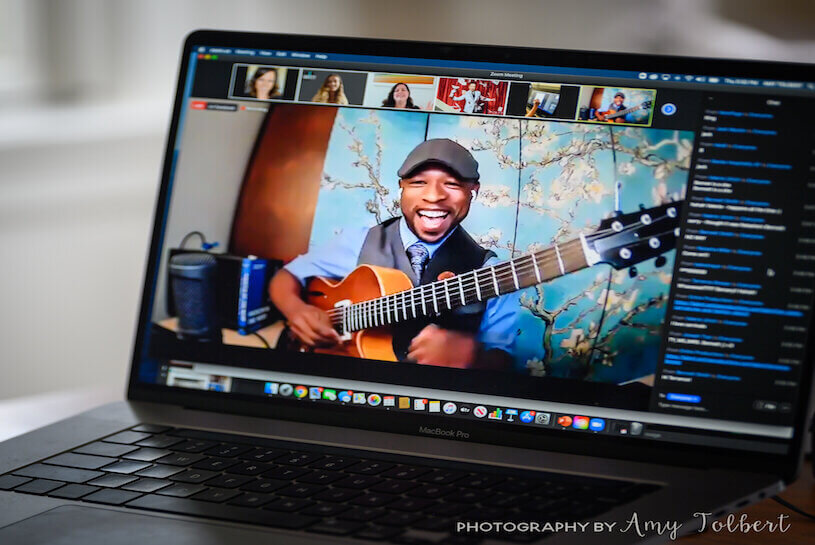Best Practices for Navigating Virtual Event Technology and Marketing
Best Virtual Event Planners
A common misconception about virtual events is that they lack the impact of live events. But that's far from the truth. Since our agency hit zero revenue in March, along with most of the industry, we’ve been dedicated to becoming the next experts in virtual events, having produced over 60 virtual events in six months—and we’ve learned a lot. One thing in particular: Arguably the most difficult part of the transition to virtual events is navigating the technology.
To help, here are some lessons learned and best practices for conquering the online events world:
Your website is the key landing page for potential clients.
It should have a clear placement advertising your virtual event that links to the registration page. Our website is updated internally so that new information about the event can be changed quickly. Otherwise, you will need to make your website designer aware of any updates so that they have time to program them.
Registration software, such as Eventbrite or Bizzabo, is an excellent tool for audience capture for events.
The registration process should be as seamless as possible; being able to easily add the event to your calendar through the registration software can increase viewership immensely. When choosing your registration software, think about what kind of data will be useful to you. You can gather important information such as audience demographics, mailing addresses for gifting, and most importantly, email addresses.
Utilize email marketing tools.
Most registration software will send a confirmation email, but with people going to their inboxes for updates more and more, it’s important to send your attendees content-rich emails to market your event. (We use Mailchimp for our internal marketing.)
According to Paige Dorman of event production agency EideCom, “More than 50% of your subscribers will view emails on mobile devices, so choose a platform that has a good mix between template management and HTML flexibility. Our favorite at the moment is Flodesk. Great email marketing tools allow you to segment your lists at very granular levels.”
Choosing the right virtual event platform and streaming software is difficult, but not impossible.
Now this is where it really gets tricky. With thousands of options and seemingly more popping up each day, it’s almost impossible to choose a virtual event platform. You should consider whether you want your content to be prerecorded or livestreamed, or a combination of the two.
You will also need to strongly consider your target audience when choosing a VEP and streaming software. For instance, if the audience strictly uses Zoom, why should they be forced to download and adopt a new software? It’s not always necessary to look for different platforms. Conversely, if we are planning a virtual gala for thousands of industry professionals, we might want to do more of a visually and sonically enhanced one-way broadcast via Vimeo, YouTube, or even Twitch. You could also layer in other apps for breakout rooms such as Hopin or Rally.
Take a tip from Michael Vanderveen, co-owner of photography and videography company Morii Collective, who suggests, “When considering the virtual event platform, remember that, like an in-person event, this is now your venue, your entertainment, and guest experience. That 'wow moment' when you walk into a grand event space can still be had with a smooth check-in and a beautifully prepared platform.”
As for Entire Productions, we are very excited to be one of the first to use exVo, a new virtual event platform powered by All Seated. It’s an incredibly immersive experience unlike anything ever experienced before.
When choosing a virtual event platform, pay close attention to engagement tools.
Q&As, polls, interactive games—all of these are imperative to your success. I’m sure you’ve heard of “Zoom fatigue” at this point, so think of engagement tools as a cup of coffee. Keeping the audience engaged is the difference between just another webinar and a memorable event. Make sure the tools are easy and seamless to use, and leave out engagement tools that don’t make sense in what you’re trying to accomplish.

